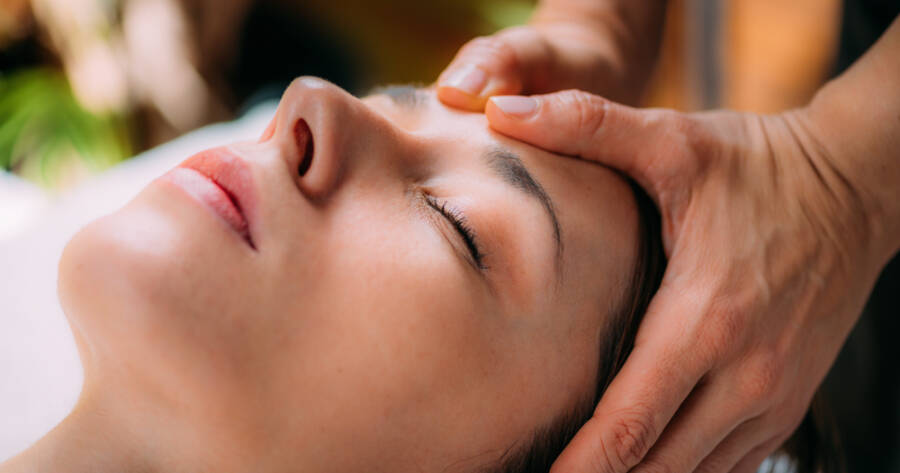Migraines, impacting millions with severe headaches and sensory issues, compel individuals to explore different management strategies. Top strategies include massage therapy, which offers relief through techniques like deep tissue massage and trigger point therapy. Understanding massage’s multifaceted benefits against migraines can guide sufferers toward an integrated and effective relief strategy.
Discover Massage Therapy for Migraine Relief
Massage therapy is increasingly recognized for its efficacy in alleviating headaches, including migraines. Studies indicate that deep tissue and trigger point therapies are particularly beneficial in relieving migraine symptoms.
These techniques aid in relaxing strained muscles and alleviating suboccipital spasms, which are often implicated in migraine pathogenesis. In addition to physical relief, research highlights massage therapy’s potential to reduce anxiety, heart rate, and cortisol levels.
Techniques and Benefits
Various massage techniques are employed in migraine relief. Swedish massage, renowned for its gentle strokes, promotes relaxation, while deep tissue massage targets deeper layers of muscle to relieve tension. Trigger point therapy focuses on specific pain regions, facilitating relief from migraine-associated discomfort. Reflexology and craniosacral therapy present alternative methods by tapping into pressure points and optimizing cerebrospinal fluid flow, respectively.
Particularly effective in addressing migraines linked to muscle tension are targeted massages on common areas such as temples, the base of the skull, and areas between eyebrows. These interventions enhance blood flow, ensuring a better oxygen supply to the brain, potentially reducing migraine severity and frequency.
Integrating Massage with Other Therapies
Combining massage techniques with other therapies can further enhance migraine relief. For instance, using chilled massage tools can provide immediate muscle relaxation.
Additionally, aromatherapy massage incorporating essential oils may offer comforting relief when combined with traditional massage techniques. Moreover, cervical mobilization can enhance the therapeutic outcomes of massage, though it should be conducted by a skilled practitioner to ensure safety and efficacy.
Professional Training and Self-Care
The effectiveness of massage therapy for migraine relief is also contingent on the skill and knowledge of the therapist. Professional development for massage practitioners includes specialized courses such as those on migraine management and reflexology, empowering them to deliver tailored therapy sessions.
Furthermore, individuals can be taught self-massage techniques, allowing them to take an active role in managing their migraine symptoms at home. The lymphatic drainage massage and Gua sha, a Chinese massage method, offer alternative approaches with reported success in reducing migraine episodes.
Personalizing the Massage Experience
Every migraine experience is unique, necessitating personalized approaches to management. The frequency and type of massage therapy should be tailored to an individual’s specific needs.
Consulting with a professional massage therapist can help determine the most effective treatment plan, providing insights into appropriate frequencies and techniques to use. Recognizing potential triggers, such as stress or hormonal changes, can also inform a tailored approach, maximizing the therapeutic benefits of massage.
Learn More About Migraine Management
Utilizing massage therapy for migraine management presents a non-invasive, holistic solution for individuals seeking relief from the debilitating effects of migraines. It not only addresses physical symptoms but also offers an avenue for stress reduction and relaxation, underlying contributors to migraine frequency and severity.
By exploring this therapeutic approach and integrating it with other treatments, sufferers can discover a comprehensive strategy that aligns with their unique needs and lifestyle. Additionally, engaging with trained massage therapists helps individuals leverage expert knowledge that complements conventional treatments, fostering an adaptive and proactive approach to health and well-being.
Sources
AMTA’s Insights on Headache Relief through Massage
Spa Theory’s Massage Techniques for Relaxation
Medical News Today’s Analysis on Massage for Migraines
PubMed’s Research on Massage Therapy as a Treatment for Migraines

